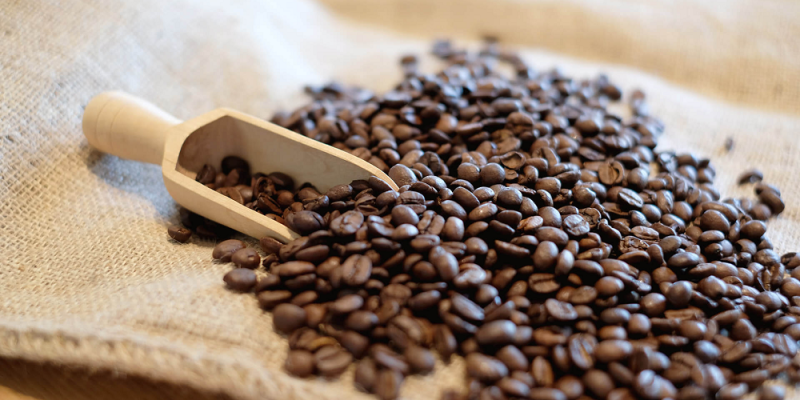Coffee lovers sensitive to caffeine don’t have to miss out on the rich experience of a quality brew. As opposed to common misconceptions, decaffeinated coffee starts with regular coffee beans that undergo special processing after harvest. Farmers select only the finest arabica varieties known for their superior taste characteristics – sweet, complex notes with bright acidity that stand up well to the decaffeination process.
Decaffeination methods – Preserving natural qualities
Several methods exist for removing caffeine while protecting flavour compounds. The most prominent approaches include:
- Harnessing natural elements
This chemical-free method uses water to dissolve caffeine while remaining flavour compounds intact. The process soaks green Decaf Arabica Coffee Beans in hot water, extracting caffeine and flavour compounds. This water becomes a flavour-charged solution that can reabsorb into the beans once the caffeine is filtered out using activated charcoal. The result maintains approximately 97% of the original flavour profile while removing nearly all caffeine.
- Swiss water process
Developed in Switzerland, this method also avoids chemicals using a carefully controlled water solution. The process begins with creating a green coffee extract saturated with flavour compounds but free of caffeine. When fresh beans soak in this solution, Decaf arabica coffee beans release their caffeine without losing significant flavour elements, as the solution is already saturated with coffee flavours.
- Carbon dioxide process
This newer technique uses pressurized carbon dioxide in a supercritical state to selectively target and remove caffeine molecules while leaving larger flavour molecules undisturbed. The precision of this method represents one of the most sophisticated approaches to decaffeination, preserving delicate flavour nuances that define premium arabica varieties.
- Drying and rest period
After decaffeination, beans carefully dry to reach an optimal moisture content of around 11-12%. This critical step prevents mould development while establishing conditions for flavour compounds to stabilize. Following drying, a rest period allows beans to equilibrate, during which internal chemical processes continue developing their characteristic flavour profile.
- Roasting considerations
Decaffeinated beans typically contain less moisture than regular beans, necessitating adjusted roasting profiles. Master roasters modify temperature curves and development times to account for these differences. The goal remains to highlight the inherent qualities of the coffee variety while avoiding the flat taste sometimes associated with decaffeinated options. Lighter roasts preserve bright, floral notes, while medium roasts enhance sweetness and body. Darker roasts bring out deeper chocolate and caramel characteristics without introducing excessive bitterness.
- Quality assessment
Professional tasters evaluate decaffeinated coffee using standard cupping protocols, assessing aroma, flavour, acidity, body, and finish. Top-quality decaf arabica displays complexity comparable to its caffeinated counterparts, with slightly muted acidity but equal sweetness and body.
- Storage and packaging
Once processed and roasted, proper storage becomes essential for maintaining quality. Nitrogen-flushed packaging removes oxygen that would otherwise accelerate staling. Valve-equipped bags allow carbon dioxide release without letting oxygen enter, extending shelf life significantly.
- Brewing recommendations
Brewing decaffeinated coffee benefits from slight adjustments to standard parameters. A slightly higher coffee-to-water ratio compensates for the marginally reduced soluble content. The water temperature around 195-205°F extracts optimal flavour without introducing harshness. Grinding slightly finer than regular coffee increases extraction efficiency while maintaining balance.
The careful processing of beans through specialized methods preserves the distinct characteristics that make arabica varieties cherished. The next time you encounter premium decaf arabica coffee beans, the sophisticated processes that transformed them while preserving their essential character, which is a testament to modern food science’s ability to meet consumer needs without sacrificing quality.






Comments